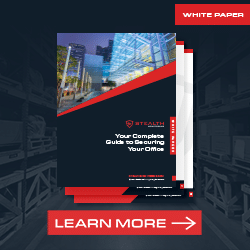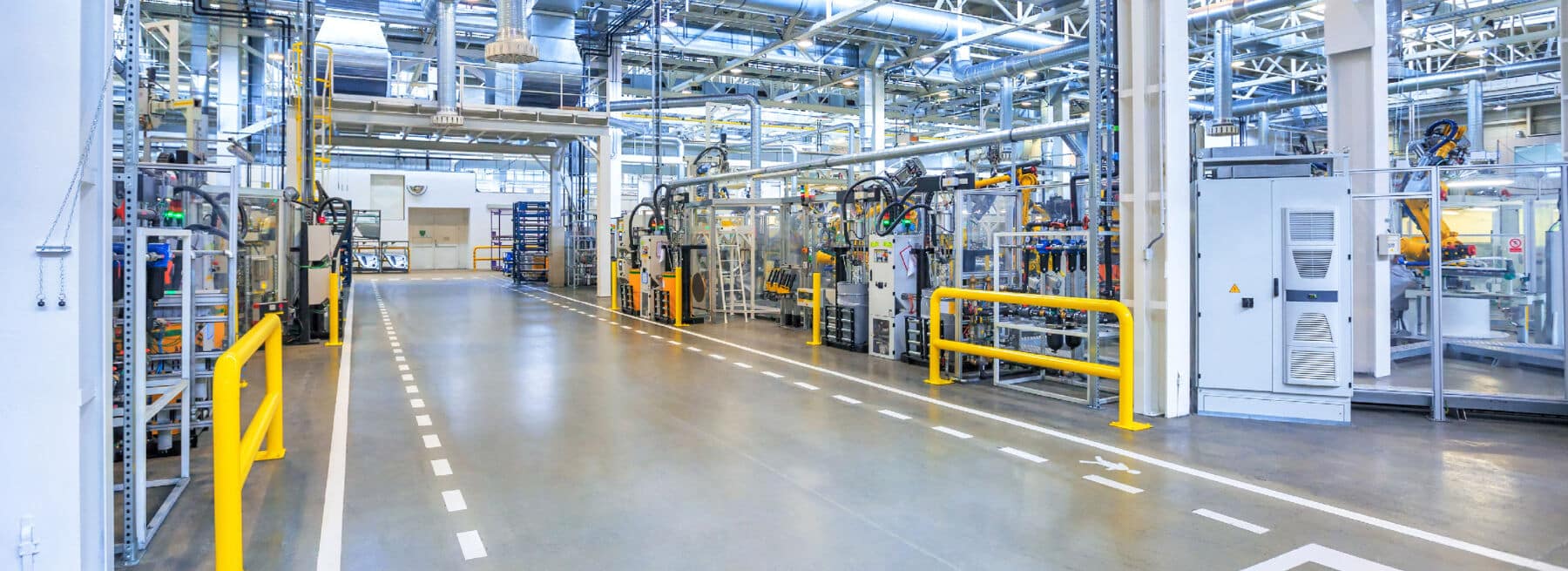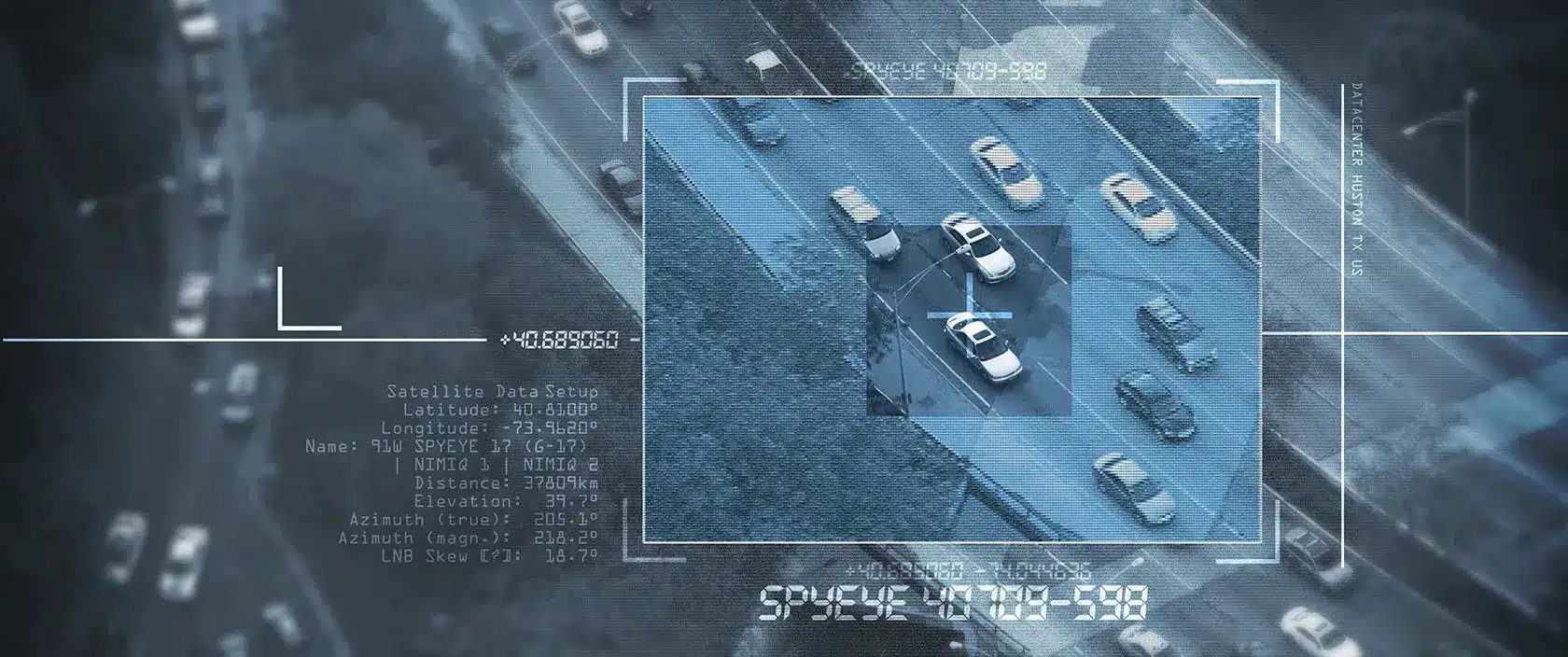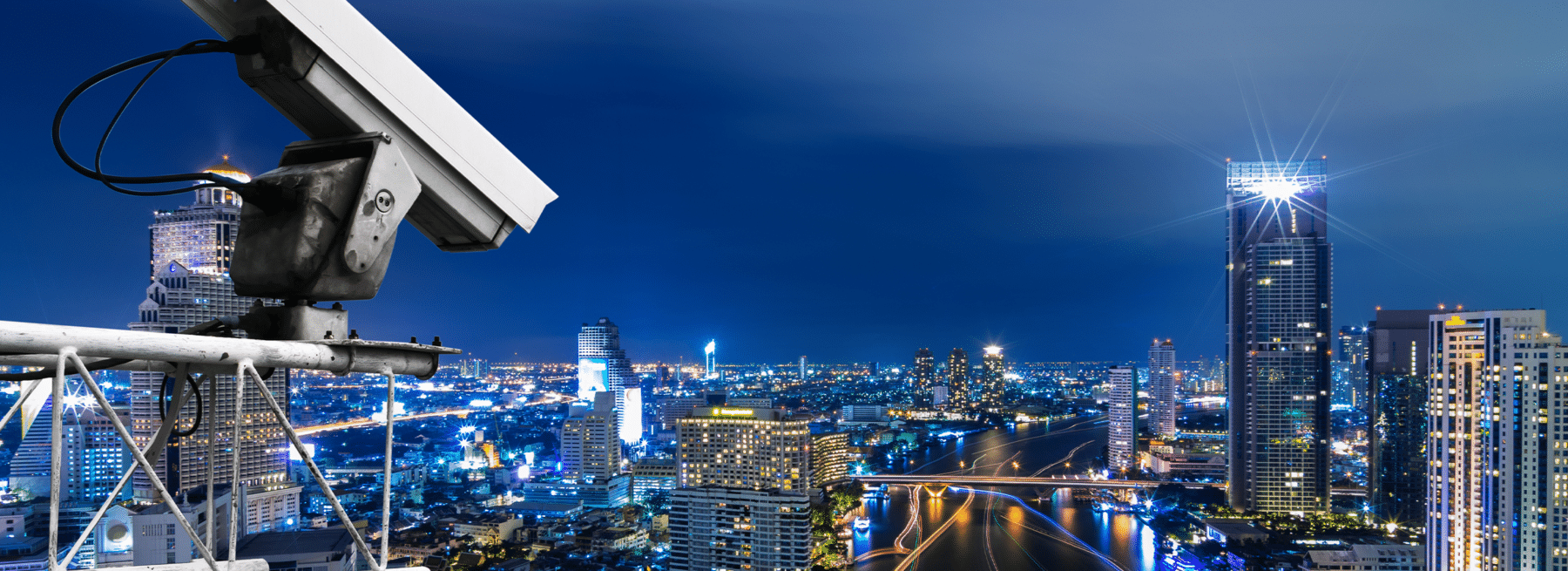Bad news. Property crime is climbing. Just look to the FBI’s U.S. Crime Data Explorer, which shows roughly 64,000 property crimes occurred in commercial and office buildings for 2017. That number jumps to more than 75,000 in 2018. Before that, the number of crimes steadily climbed with a notable increase occurring in 2018.
The number of violent crimes taking place in commercial and office buildings is also disconcerting. The data from the FBI shows more almost 4,100 incidents of violent crimes occurring at commercial and office buildings. These are the reasons why multi-tenant building property managers and owners need to be concerned about security.
It’s especially challenging when multiple companies lease space in a multi-tenant office building. Tenants have their own rules, procedures, hours, and visitor check-in processes. Some will implement stringent security solutions, some are lax, and some count on property management to be responsible for security.
How to Effectively Manage Office Security in Multi-Tenant Building
The message is clear. Multi-tenant property managers and owners must implement effective office security to protect themselves and their tenants. They can’t depend on their tenants to be accountable for security. Property managers are in the best position to equalize security for everyone. Here are five steps for managing security in a multi-tenant office building.
1. Form a tenants’ security council
No two multi-tenant office buildings are alike. Some have a desk in the lobby that is always staffed. Some may have separate entrances into the building or tenants who have their own entrances.
One of the most often overlooked elements in office building security is communication. Some property managers create a security program without the tenants in mind. The only acceptable scenario this can happen is when the office building is new and does not yet have tenants. Security will be a selling point to land and keep tenants.
Even if you’re a new property, you’ll want to hold regular meetings with tenants about office security. This sends the message that you care about security and reminds them to remain vigilant.
Create a security team or council with representatives from each company. Council members are responsible for reporting back to their companies and ensuring the implementation of security processes. As a team, you’ll develop and maintain policies for managing building access, visitor management, tenant lockouts, deliveries, and employee turnover.
2. Create an emergency preparedness plan
One thing to discuss with the security council is conducting drills. Not just fire and tornado drills but also drills for shootings, bomb threats, and stuck elevators. Partner with the police department to create and document processes for different scenarios.
Share those procedures with the security team and ask them to educate employees on those procedures. Then, hold different types of drills to help everyone learn the correct procedures for every scenario.
3. Determine the process for multi-tenant building access
Will your multi-tenant office building use an access control system to manage employee access? This allows employees to swipe their badges to enter the building. The advantage of this method is that you can control who can and can’t access the building and its specific areas. Access control lets you manage access by building and room.
For instance, you may want to limit access to a server room. You can do the same to control access by company offices or by floor. Another useful feature of access control is that when an employee leaves the company, you can instantly shut off access.
Do you have a gated parking garage? Access control can also manage who parks in the garage. Just be sure to have parking for visitors and delivery trucks.
Your security is only as strong as your weakest link. One mistake by an employee can lead to security problems. Often, someone might walk right behind an employee, counting on the employee to prop the door open. This is called tailgating. It gives an unauthorized person access to the building.
That’s why having a security council is important. The team members educate employees in their organizations on things like this. Security is everyone’s job.
4. Develop a process for visitors and package delivery
Your multi-tenant office building will have visitors. They may be clients, vendors, and even family members. You want a process that’s easy and secure without creating a bottleneck. The same goes for mail and package delivery. Carriers need a parking spot where they can quickly park and unload. When they drop off the mail or package, they shouldn’t have to wait.
5. Set up a process for security alerts
If a tenant gets a bomb threat, what’s the process for informing the other tenants? If there’s a false alarm, how will everyone be informed? What if an active shooter enters an office and starts shooting?
You’ll want answers to these types of questions in the emergency preparedness plan. One option is that members of the security council can use an app that notifies everyone when something happens.
4 Steps to an Effective Multi-Tenant Building Security Program
Property managers have many options for protecting the office or commercial building and the property surrounding it. The most effective office security contains layers. The more layers you have, the greater the protection. Here are four steps to implement multi-layered security around your multi-tenant office property.
1. Add proper lighting
One of the simplest and most affordable security options is lighting. Thieves and vandals flourish in dark, shadowy places. Lighting takes that power away from them. How you implement lighting can make a difference.
Smart lighting is more than how many lights and where you put them. You also want to use the right type of lighting. Often, people think brighter is better, but that’s not the case. If you put up too many lights, it can shrink your ROI.
A security consultant can design an effective lighting layout with the right type of lights. Remember to add lights at all entries and exits, indoor and outdoor stairwells, the walkway from parking to building, and landscaping.
It may be worth looking into motion sensor lights. They immediately turn on after sensing movement. If there are people with bad intentions, it can scare them off because it feels like the spotlight is shining brightly on them. Of course, you don’t want to scare employees who may work late.
2. Review the landscape design
Landscape design can affect people’s perception of a property. That’s why whenever a house goes up for sale, real estate agents encourage the sellers to spruce up their lawn and flower bed. It’s the same for multi-tenant buildings as property managers want to attract and keep tenants.
However, too much landscaping or a poorly designed landscape can send an invitation to intruders. It can give them a hiding place or allow them to access a part of the building without being seen. The key is to find a way to enhance aesthetics without sacrificing security.
3. Install an access control system
Access control systems are highly effective in office buildings. They can do much more than just let people into a building. A sophisticated system controls access by area. For instance, an access control system with ID badges can work for a parking garage, the main entrance into the building, and specific floors or rooms.
The nice thing about access control is that keys become a thing of the past. No more rekeying locks after a break-in or an employee leaving the company. There are different types of access control systems. One option is keypads, but it’s risky because people can forget the code. Since most businesses require an ID badge, they can be integrated with an access control system. All you do is swipe.
4. Use office security cameras
Access control works well, but not on its own. An employee can enter the building with someone tailgating. Employees do not want to tell other people to use their own badge and close the door in their faces. This would lead to an awkward moment. Instead, they assume they work there and let them follow. The smartest criminals know about this and take advantage of it.
This is an example of how an integrated security system
with layers heightens security. That’s not all office security cameras can do with access control. One powerful way the two work together is that you can match the time stamp from the access control and video to see when someone accessed a room and match their likeness.
If the two worked separately, you’d have to spend hours searching for footage to locate someone who accessed a room on a certain day and time. Integrated security increases efficiency and saves time.
You can incorporate an audio speaker with office security cameras. If the video surveillance system catches suspicious activity, it alerts the security operator. The operator reviews the activity. If someone is indeed trespassing, the monitor can issue a warning over the audio speaker.
The security operator is in a safe place in a different location and can see what the intruder does. This can deter crime and sometimes it sends the intruder scurrying away.
Just the presence of cameras on site deters some prowlers. It’s important not to hide cameras as they are a powerful deterrent. They can be more effective when you post signs letting people know the area is under video surveillance.
If the other deterrents don’t stop the trespassers, the monitoring operator calls the police. As the police car makes its way to the property, the operator watches the suspect’s movements. The operator lets the police know where the suspect is located. Fortunately, there’s a recording of the activity to use as evidence.
Implementing a Multi-Layered Office Security System
Video recordings do more than provide evidence of suspicious activity. They can help protect the business from injury, fraud, and liability claims. However, for office security cameras to achieve all this requires implementing the right cameras and service. Not all cameras have the capability to identify faces and other information such as license plates.
These four steps make it possible to take a layered, proactive approach to security to help keep tenants, employees, and visitors safe. They can help limit liability and damage while lowering liability insurance premiums. You’ll reduce your risk for theft, vandalism, and trespassing.
Finally, implementing an integrated security system unifies your security. This translates into needing fewer people to manage security. In short, it saves time and money while delivering a quick ROI.
To learn more, download the free guide “Video Surveillance: More Than Just Catching Criminals.” If you need help creating a multi-tenant office security plan or want to learn more about video surveillance, please contact us.





